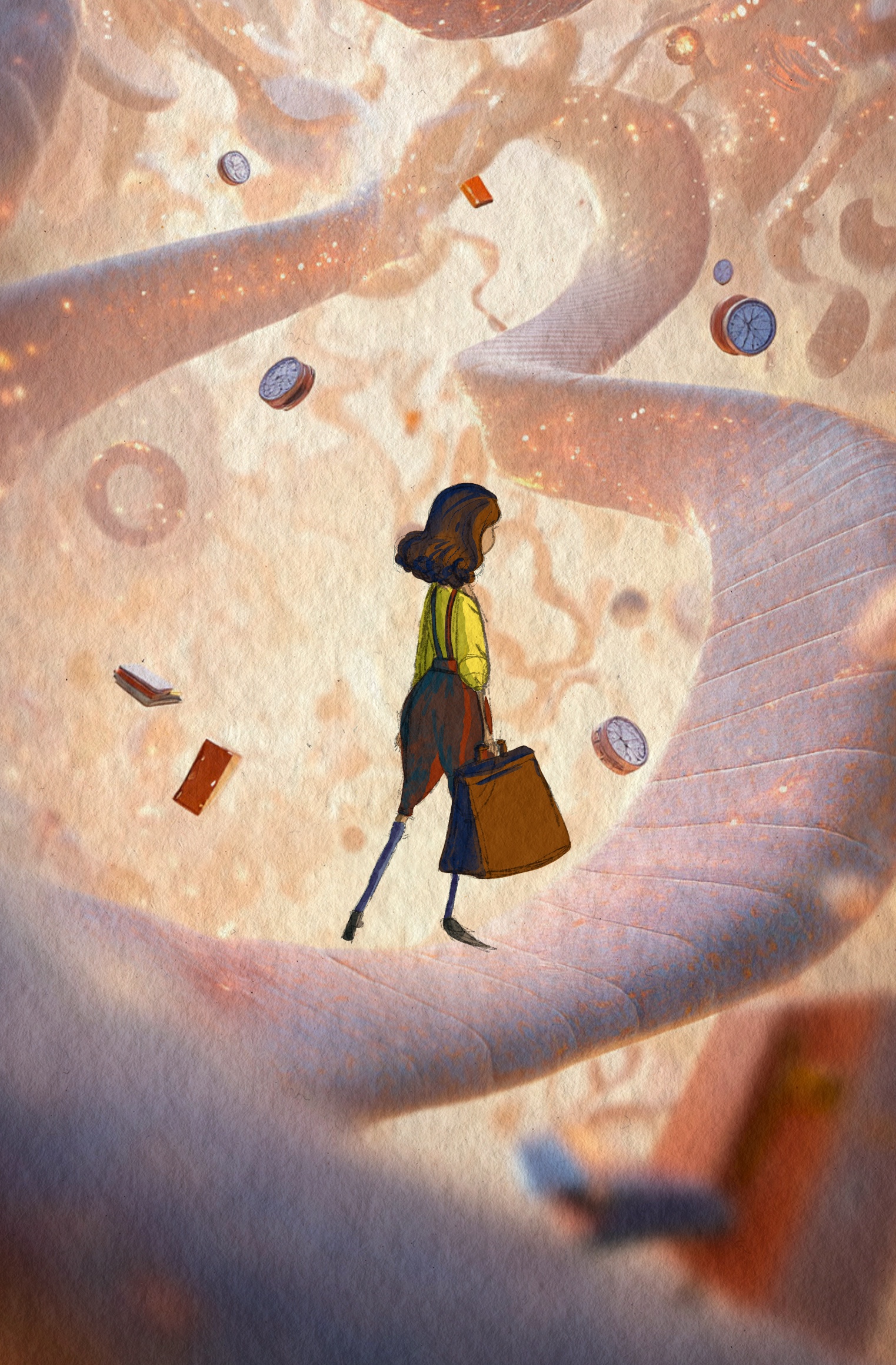Radio Pictures: Grounding Theory in Image Data
Abstract
This presentation explores the use of image-data in a grounded theory study of radio listening for company among older listeners. The use of photographs in grounded theory is unusual, but not unheard of, and not without methodological support (Clarke, 2014). In spite of this methodological congruence, there is little work to date on analyzing visual data in grounded theory. “Analysing photographic data in qualitative research, as with textual data, is a series of inductive and formative acts carried out throughout the research process” (Prosser & Schwartz, 1998, p. 125). Analysis of the photographs in this research was three-fold: I recorded & transcribed memos describing photos and what I had captured – the relation of objects to one another, the location of the radio within the home, the uses and function of the objects around the radio; I used grounded theory coding techniques described for use with word-data to explore the images; I reviewed these codes and form categories, and used these to inform theory development. Without a single word, the location of your radio and the objects that surround it carry a lot of information about your relationship with the device itself and the noise it makes. “Where data sets centre around both narrative and visual data, and where the subjective construction of experience becomes the focus of analysis, grounded theory analytic techniques that emphasise reciprocity with participants can help to generate explanations for patterns of behaviour” (Liebenberg et al., 2012, p. 59). The composition of the scene, the way the objects pictured relate to each other in space and their location in the home, is the work of the participant. This presentation offers an example of how a grounded theory analysis of image-data is undertaken and develops over the course of the study.
Downloads
Metrics
References
Clarke, A. E. (2014). Grounded theory: Critiques, debates and situational analysis. In A. E. Clarke & K. Charmaz (Eds.), Grounded Theory and Situational Analysis: Vol. I (pp. 225–252). SAGE Publications.
Liebenberg, L., Didkowsky, N., & Ungar, M. (2012). Analysing image-based data using grounded theory: The Negotiating Resilience Project. Visual Studies, 27(1), 59–74.
Prosser, J., & Schwartz, D. (1998). Photographs within the sociological research process. In J. Prosser (Ed.), Image-based research: A sourcebook for qualitative researchers (pp. 115–130). Falmer Press.
Copyright (c) 2022 Amber Hammill
Article text:

This work is licensed under a Creative Commons Attribution 4.0 International License.
Photos:
The images in Rangahau Aranga are not covered by the Creative Commons license and are subject to copyright. Permission to reproduce this material must be sought from the copyright holder concerned.






